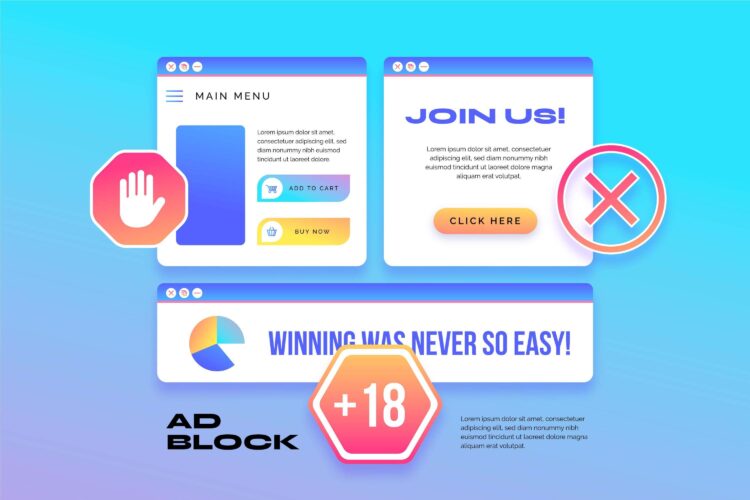
Like, Oxford English Dictionary switched from paywall to freemium and exploded their traffic. Later created a simple glossary that now brings in a third of their traffic. And ClickUp? They went all in on listicles and ended up driving millions in organic value.
Each one used a different play—some focused on content, others on backlinks, or even user-generated pages. Super cool to see the variety. Let me walk you through what each of them did.
1. Oxford English Dictionary
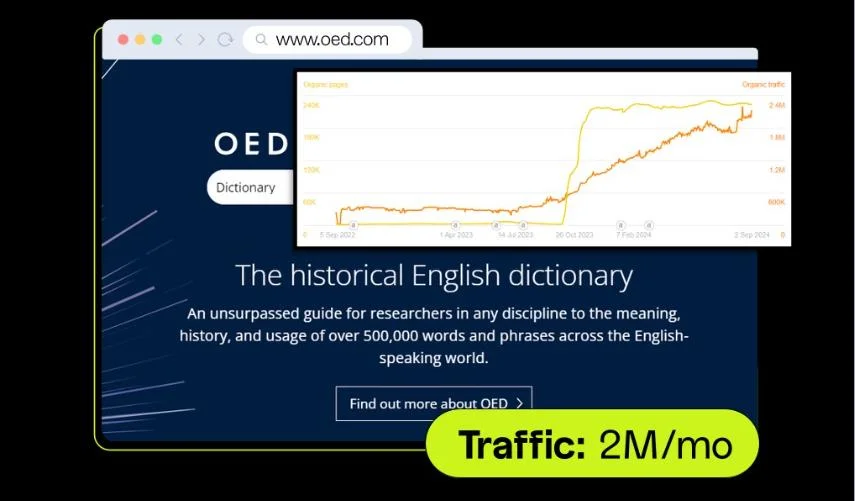
Transitioned from a paywall model to a freemium model, going from 2.4K indexable pages to 214K pages, growing their traffic by 100%.
2. Later
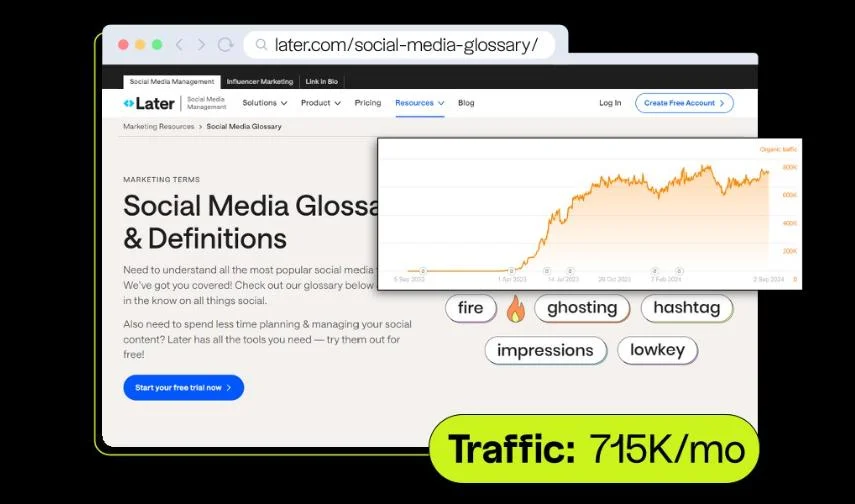
Created a social media glossary with over 250 pages that now accounts for 1/3 of Later’s total traffic.
3. Wirecutter
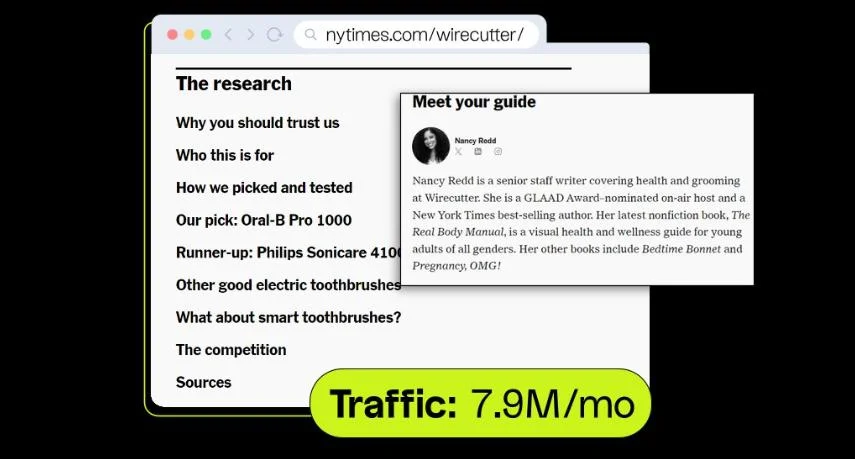
Enhanced its SEO by building strong E-E-A-T signals through expert-driven content, in-depth product testing, author credentials, and clearly stating their research methodology.
4. ClickUp
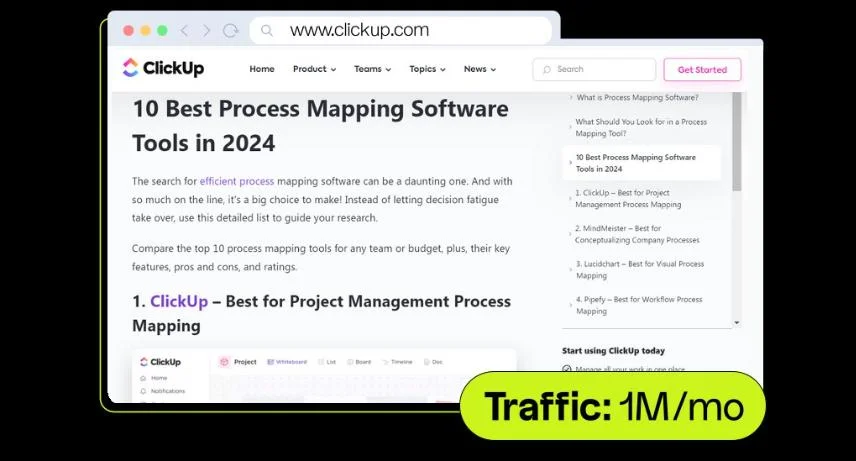
Grew rapidly by producing 1,000+ articles (2018-2020), focusing on listicles to position ClickUp as a top solution, driving over $12 million worth of organic clicks.
5. Webflow
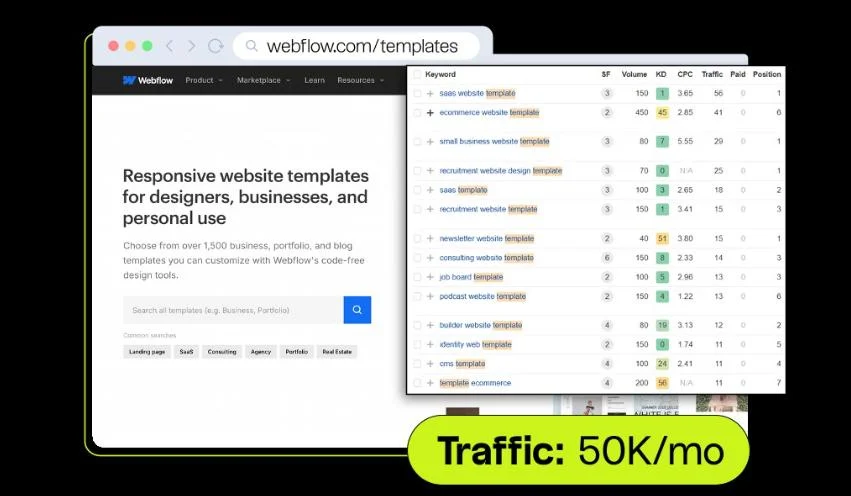
User-generated content for programmatic SEO. Their template library, created by users, helped them rank for long-tail keywords related to website building.
6. Remove.bg
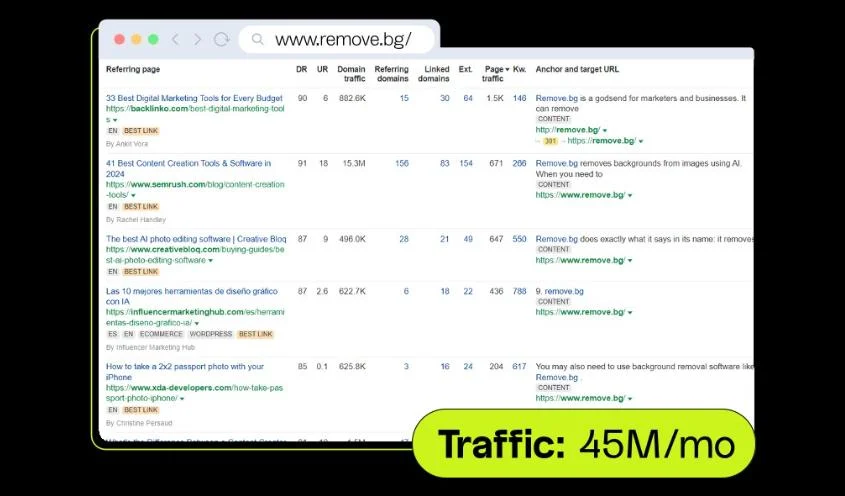
Leveraged an aggressive PR and backlink strategy, gaining 19K do-follow backlinks. This approach helped drive significant traffic and achieve a Domain Rating of 81.
7. Digital Project Manager
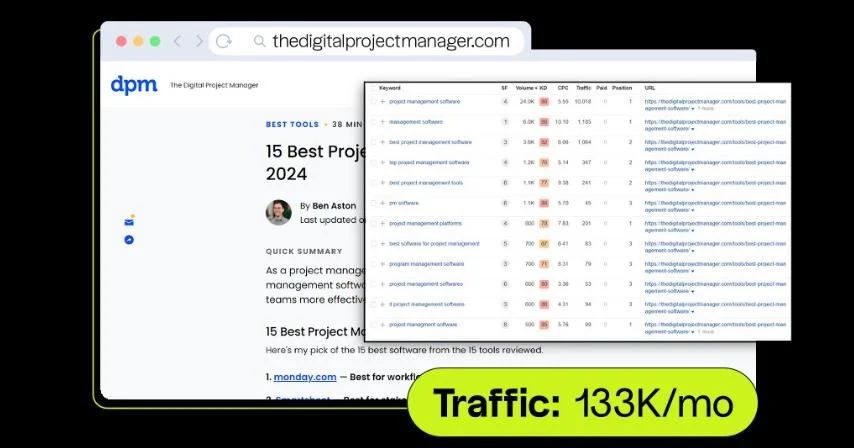
Focused on topical authority by building a topic cluster with 200+ interlinked pages. It now ranks for the highly competitive keyword “project management software.”

